ACER-CEER organise a webinar on the key findings of the 2020 Gas Wholesale Volume of the Market Monitoring Report
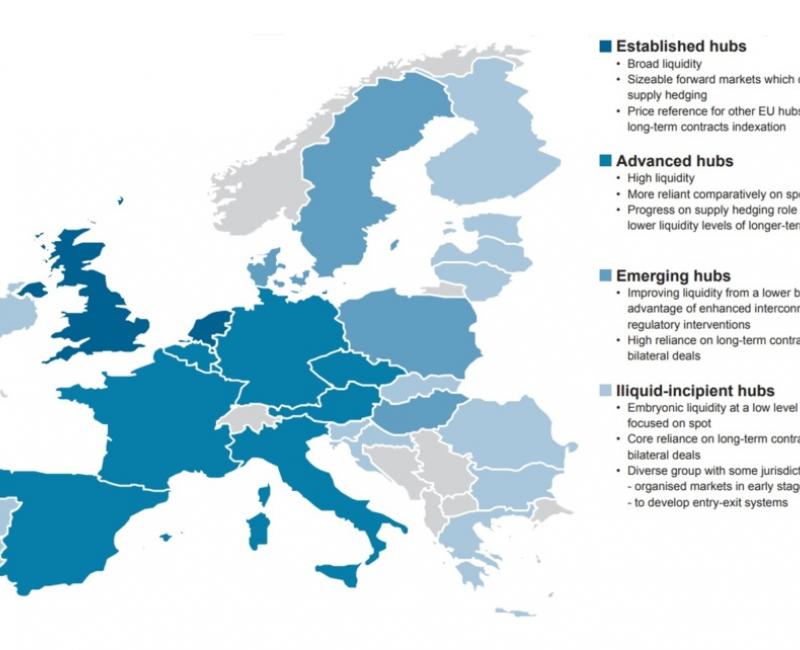
ACER-CEER organise a webinar on the key findings of the 2020 Gas Wholesale Volume of the Market Monitoring Report
What is it about?
The EU Agency for the Cooperation of Energy Regulators (ACER) and the Council of European Energy Regulators (CEER) will hold on 6 July a webinar to present the main findings and recommendations of the Gas Wholesale Volume of the Market Monitoring Report (MMR) to be published on 14 July 2021.
The Volume shows that, despite the unprecedented impact of COVID-19, the functioning of the internal gas market has continued to improve in 2020: market price integration, liquidity and competition improved in 2020 compared to 2019. Three-quarters of EU gas consumption takes place in well-functioning and integrated markets and importantly is advancing across several other jurisdictions.
The event will discuss these and many other findings on the remaining barriers identified in the report for the completion of the EU internal market for wholesale gas, the main developments in 2020 – Covid19-related and wider – and on the report’s main recommendations.
Access the Agenda and register here.
Building trans-European energy infrastructure: ACER finds that more than half of the projects are on time, but observes several delays and some potentially non-robust Projects of Common Interest (PCIs)
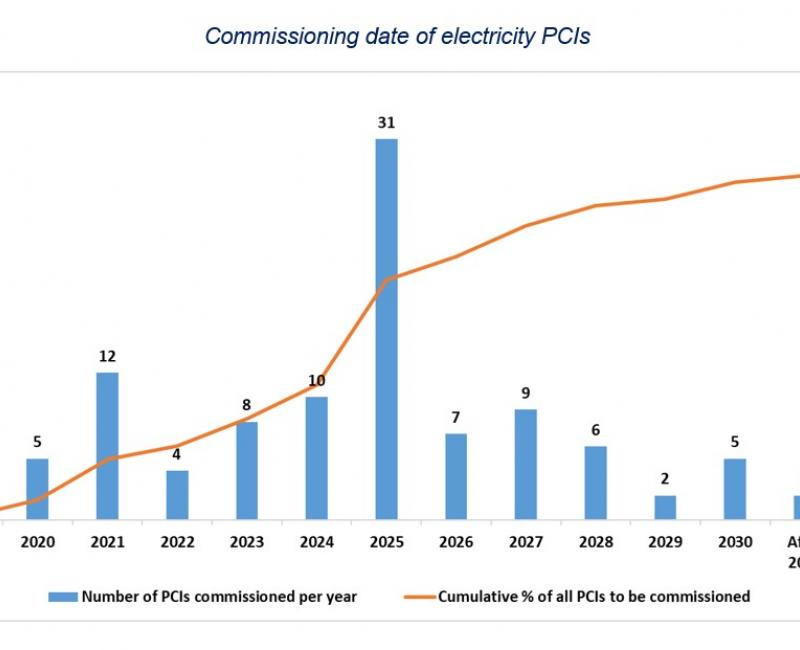
Building trans-European energy infrastructure: ACER finds that more than half of the projects are on time, but observes several delays and some potentially non-robust Projects of Common Interest (PCIs)
What is the report about?
ACER has published the 7thedition of its annual report on the progress of electricity and gas Projects of Common Interest (PCIs) for trans-European energy infrastructure.
Overall, ACER notes a positive trend in their advancement:
- about two-thirds of the electricity and gas PCIs are already in permit granting, under construction or commissioned, while about one-third of them are less advanced, being under consideration or planned, but not yet in the permitting phase,
- the implementation of more than half of the PCIs progressed in a timely manner,
- 70% of the projects are expected to be implemented by 2025.
However, ACER notes that about 25% of the electricity and gas projects cumulate delays from year to year, and several additional projects are postponed by their promoters. ACER also identified some PCIs that did not advance their status over the past six years (with most of them remaining in the permitting phase). This led ACER to conclude that project promoters' projections were too optimistic.


The report also warns about potentially non-robust PCIs, which did not carry out any work or activity during the reporting period, being on hold or rescheduled by the project promoters for at least 2 years, and/or failed to move forward from an early advancement status for several years.
ACER calls for additional scrutiny during the PCI selection for such projects to ensure the robustness of the 5th PCI list, so that only projects which are clearly a priority are included.
Robust PCIs are crucial to achieve carbon-neutral energy systems in the future
Energy networks play a key role in the transition to carbon-neutral energy systems. As PCIs are key cross-border electricity and gas infrastructure projects that enhance the links between the energy systems across Europe, they also play a crucial role in helping the EU to achieve its energy policy and climate objectives by delivering socio-economic and environmental benefits.
Access the PCI Report and related Annex I for project specific information on electricity PCIs and Annex II for further information on Gas PCIs.
-----------------------------------------------------------------------------------
Background information
By way of background, the broader framework in Europe for cross-border energy infrastructure (the TEN-E framework) is currently under negotiation by the European Parliament and the Council.
Here, ACER, together with CEER, has made several recommendations on how to improve the overall PCI framework (including the governance of infrastructure development, the scope of PCIs and the TEN-E processes) with the aim of promoting a neutral and independent technical assessment and ensuring support to those projects bringing most benefits for the European Green Deal and to avoid any risks of unjustified costs for consumers.
For more information, please refer to ACER-CEER Position Papers of 5 March 2021 and 19 June 2020 as well as earlier ACER Position Papers published in 2017 and 2016.
ACER published a Decision requesting information to monitor the level of margin available for cross-border electricity trade in the Nordics
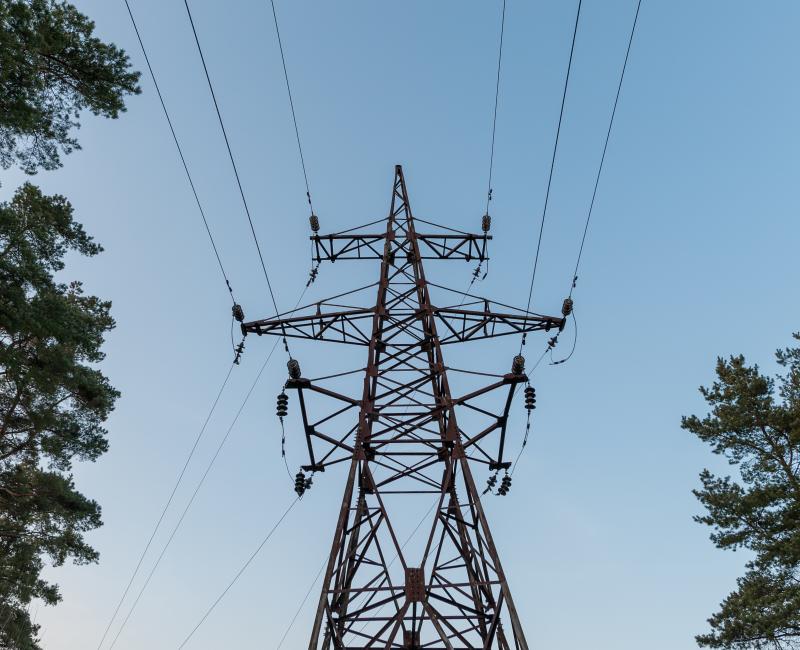
ACER published a Decision requesting information to monitor the level of margin available for cross-border electricity trade in the Nordics
What is it about?
The EU Agency for the Cooperation of Energy Regulators (ACER) published today a Decision requesting the three Nordic transmission system operators Svenska kraftnät (Sweden), Energinet Elsystemansvar A/S (Denmark) and Fingrid Oyj (Finland) to provide specific information related to those network elements that are limiting the capacity calculation, the so-called critical network elements with contingencies (“CNECs").
This information is needed by ACER to monitor the level of margin available for cross-border trade on CNECs and to compare it with the 70% minimum target defined by the Electricity Regulation.
ACER releases its second 70% target report on the minimum margin available for cross-zonal electricity trade in the EU
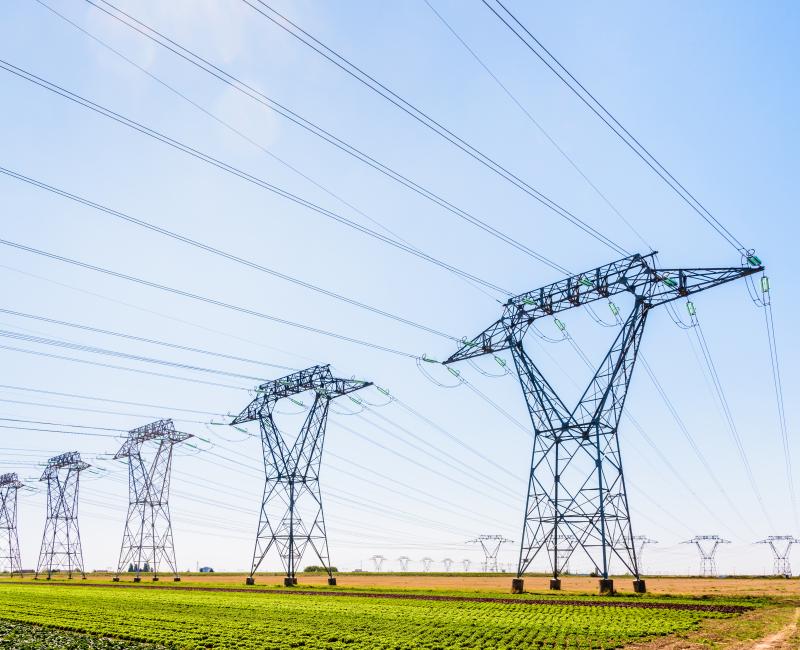
ACER releases its second 70% target report on the minimum margin available for cross-zonal electricity trade in the EU
What is the minimum 70% cross-zonal electricity capacity target?
Europe's Clean Energy Package (CEP) has set a binding minimum 70% target for electricity interconnector capacity for cross-zonal trading (the 'minimum 70% target'), to be met by all Transmission System Operators (TSOs).
The minimum 70% target is legally binding since the start of 2020, but Member States may also adopt transitory measures, such as action plans or derogations, thus allowing TSOs to reach gradually the minimum 70% target, by the end of 2025 at the latest.
Why is monitoring the 'minimum 70% target' important?
The lack of sufficient cross-zonal capacity in between Member States is one of the main barriers to the integration of electricity markets, and market integration is key to deliver on Europe's energy goals. Larger amounts of cross-zonal capacity made available for trade increase cross-border competition and enhance the integration of renewable energy sources.
ACER's monitoring aims to identify consistently across the EU the scope for improvement to meet the minimum 70% target.
How are Member States doing? Efforts needed in all countries to reach the 70% target
ACER's second “70% Target Report" provides an overview of the levels of margins for cross-zonal capacity compared to the minimum legally binding 70% target for the second half of 2020, and on action plans and derogations. It also highlights the changes compared to the first report (which related to the first half of 2020).
Main findings of the report:
-
Member States have much more to do to get closer to the legally binding minimum 70% target.
-
The levels of margins for cross-zonal capacity is mixed across the EU and are broadly similar to the levels observed in the first half of 2020.
-
Member States should work to meet the 70% minimum target at all times, and to reach their target national transitional targets to gradually reach the 70% minimum.
-
How? Members States can count on several measures at their disposal to improve the level of margin offered such as cost-efficient investments; use of remedial actions; and bidding zone reconfiguration, to help them to reach the target.
-
The levels of cross-zonal capacity are very diverse depending on the type of border and geographical location:
-
On high-voltage Direct Current (DC) borders, the 70% target was met most of the time but with a few notable exceptions.
- On Alternating Current (AC) borders, there is a very diverse picture with significant room for improvement to meet the 70% target for most regions and borders.
-
ACER's monitoring depends critically on TSOs providing robust and extensive data. ACER acknowledges the efforts made by a majority of TSOs to improve the provision of data. However, the completeness and quality of this data needs to be urgently improved in some regions.
-
Regarding action plans and derogations, ACER finds significant room for further harmonising their setup across the EU. Regulatory authorities should grant derogations as a last resort measure, and only where necessary for maintaining operational security.
-
For consistency, national regulatory authorities (NRAs) should consider the results of ACER's analysis to assess the compliance of TSOs with the minimum 70% target.
Access to the ACER's comprehensive Report and detailed Annexes
Gas contractual congestion decreases by 50% in the EU
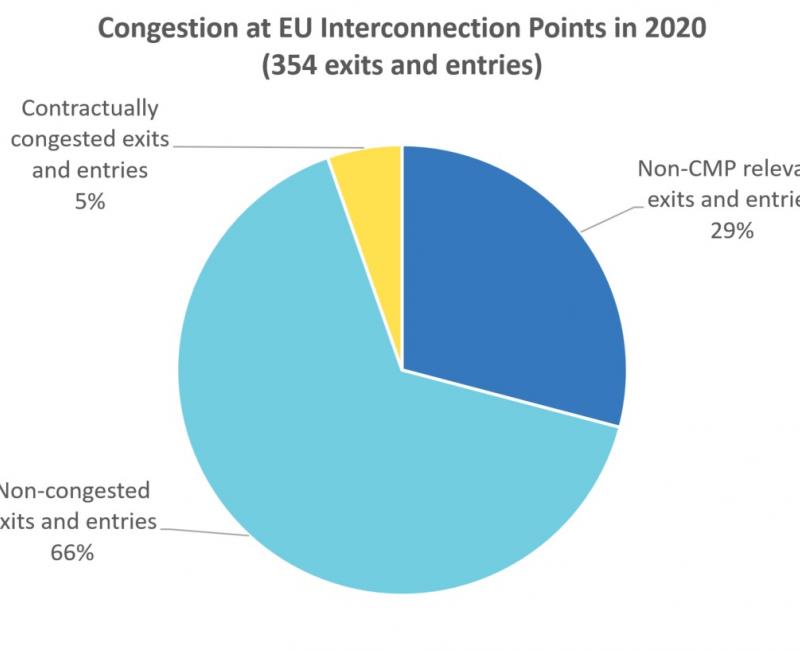
Gas contractual congestion decreases by 50% in the EU
What is it about?
The EU Agency for the Cooperation of Energy Regulators (ACER) found a halving of gas contractual congestion in the EU transmission networks according to its 8th specialised report on the subject published today. Contractual congestion may signal a reduction of market efficiency. It happens when some network users were not able to obtain the capacity product of their choice and had to rely on congestion-mitigating measures (CMPs) to access the gas market.
- 8th Congestion Report in the EU Gas Markets and How it is Managed
- Technical Annex to the Report
Has COVID-19 effected gas capacity auctions?
In 2020, the occurrences of auction premia, which arise when requests for capacity exceed the offer, dropped by 70% compared to 2019. COVID-related uncertainty as well as general demand and supply dynamics may affect whether auction premia will return in 2021 or remain scarce at around 0.6% of all auctions in scope of the analysis.
How much congestion?
In 2020, congestion has halved compared to previous years with 19 Interconnection Point (IP) exit and entry sides in 2020 compared to 37 exits and entries in 2019). Half of the congestion is due to auction premia, which occurred in the auctions of yearly and quarterly capacity products. The other half is due to the lack of offer of any capacity products with a duration of one month or longer.
Has any progress been registered?
While the number of congested IP sides is low, local contractual congestion can be severe and reduce market efficiency. Around 85% of the congested IP sides in 2020 were also congested in the past.
What comes next?
Transmission System Operators ('TSOs') can apply a number of CMPs to ensure network users can access the network even when they could not obtain some capacity products in the primary capacity auctions. The Oversubscription mechanism remains the most applied CMP despite its decreased use in 2020; that decrease is partly compensated by an increased use of Firm Day-Ahead Use-It-Or-Lose-It and Surrender as CMP measures.
More than 60% of the congested IP sides are already covered by the FDA UIOLI mechanism, while for the other half the respective National Regulatory Authorities (NRAs) need to take action in line with the European Commission's rules on congestion.
Main recommendations
- ACER recommends the European Commission to revise the CMP Guidelines to enhance the effectiveness of the measures.
- ACER recommends ENTSOG and TSOs to continue improving data reliability to ensure the accuracy of information available at the ENTSOG Transparency Platform.
ACER's call on researchers
The Congestion Report has a narrow scope of analysis, while a substantial amount of congestion data is available for deeper and broader analysis. The report has suggestions for further research and ACER calls on researchers to use the substantial amount of available data to study different aspects of congestion in EU gas markets.
ACER to decide on the long-term cross-border capacity calculation methodology for the Core region, comprised of 13 Member States
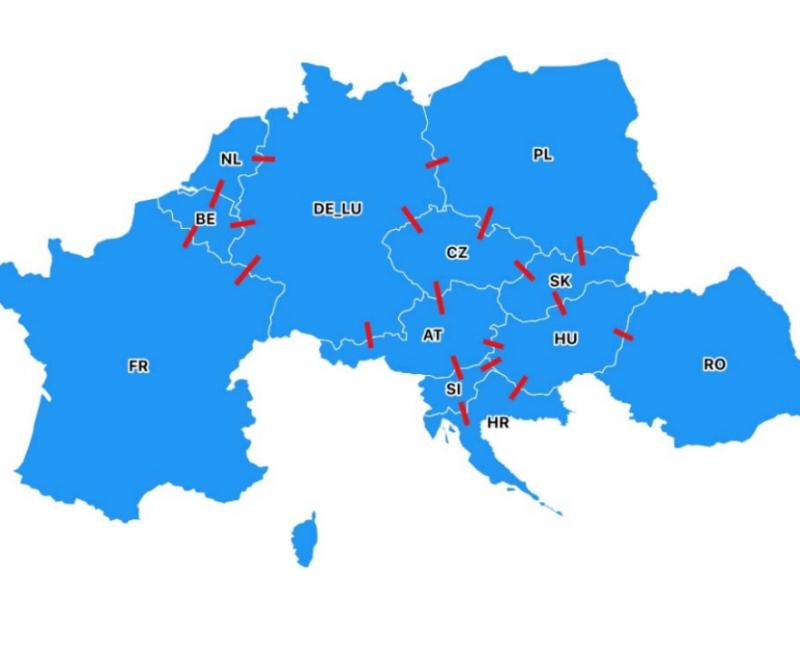
ACER to decide on the long-term cross-border capacity calculation methodology for the Core region, comprised of 13 Member States
How this came about?
The National Regulatory Authorities of the Core region asked the EU Agency for the Cooperation of Energy Regulators (ACER) to decide on the long-term capacity calculation methodology (LT CCM) for the region.
The Core region comprises 13 countries: Austria, Belgium, Czechia, Croatia, France, Germany, Hungary, Luxembourg, the Netherlands, Poland, Romania, Slovakia and Slovenia.
What are the benefits?
Long‐term cross-border capacity calculation promotes effective long‐term cross‐zonal trade. By calculating reliable capacities and making them available to market participants at an early stage, long-term capacity calculation allows for long‐term planning and provides hedging opportunities.
The long-term capacity calculation methodology for the Core region shall cover yearly and monthly capacity calculation processes, by applying the flow-based approach.
How exactly will this ACER Decision contribute to a more integrated European electricity market?
ACER's Decision will contribute to the effectiveness and integration of the Core electricity markets by establishing the common rules for calculating the long-term cross-zonal capacity at regional level.
Next steps:
ACER will launch a public consultation for four weeks; expected dates are from 5 – 31 July 2021.
On 9 July, ACER will organise a workshop on this topic.
ACER expects to reach its decision by 3rd November 2021.
Register for ACER Webinar on the High-level Approach to Identify Alternative Bidding Zone Configurations for a more efficient energy market
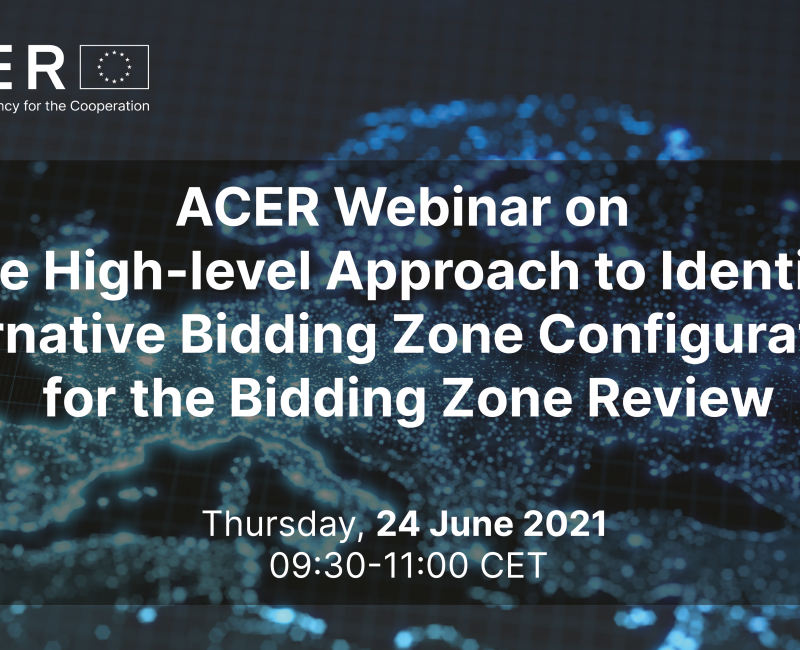
Register for ACER Webinar on the High-level Approach to Identify Alternative Bidding Zone Configurations for a more efficient energy market
What is it about?
The EU Agency for the Cooperation of Energy Regulators (ACER) opens registration today for an online webinar on 24 June 2021 to present the high-level approach that ACER intends to follow for the definition of alternative bidding zone configurations to be considered in the bidding zone review process, according to the EU Regulation on the Internal Market for Electricity.
Register by 22 June and access the agenda.
What are the bidding zones?
Bidding zones, as the largest geographical areas within which market participants are able to exchange energy without capacity allocation, represent a cornerstone of market-based electricity trading and should therefore be defined in a manner to ensure efficient congestion management and overall market efficiency. In particular, bidding zone borders shall be based on long-term, structural congestions in the transmission network and the configuration of bidding zones shall be designed in such a way as to maximise economic efficiency and to maximise cross-zonal trading opportunities, while maintaining security of supply.
What can you learn in this webinar?
This webinar will present ACER's high-level approach for the definition of alternative bidding zone configurations as well as how clustering algorithms can be applied on nodal simulation results to support the identification of alternative bidding zone configurations.
A public consultation on relevant aspects of this high-level approach is planned to be launched shortly after this webinar takes place.
Registration open for ACER webinar on its proposal for a Framework Guideline to establish a Network Code on Cybersecurity (27 May 2021)
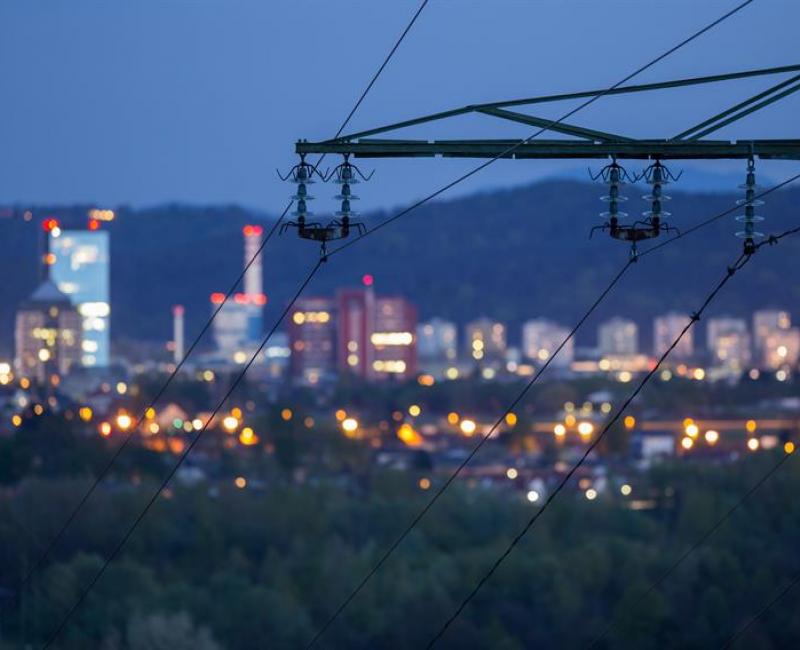
Registration open for ACER webinar on its proposal for a Framework Guideline to establish a Network Code on Cybersecurity (27 May 2021)
What is the event about?
ACER organises this online webinar to present and explain the content of its proposed non-binding Framework Guideline on sector-specific rules for cybersecurity aspects of cross-border electricity flows.
The event will take place on Thursday 27 May 2021, from 09.30 to 12.00.
Register by Tuesday 25 May and access the agenda.
The importance of cybersecurity is increasing, given the growing technological development and a more digitally driven and interconnected energy system. The modern energy system is not limited by national borders. As a result, cyberattacks may have cross border effects.
The non-binding Framework Guideline is developed by ACER on request of the EU Commission. It shall set out clear and objective principles for the development of a binding Cybersecurity Network Code that will contribute to maintain the security of the electricity system across Europe. The ongoing public consultation is open until 29 June 2021.
ACER is inviting stakeholders to join the webinar to learn more about the content of its proposal, as well as about the process and timeline for the adoption of the new Network Code.
If necessary, participation may be restricted to one person per organisation.
ACER and ENTSOG publish a new solution to issue raised on Gas Network Codes Functionality platform
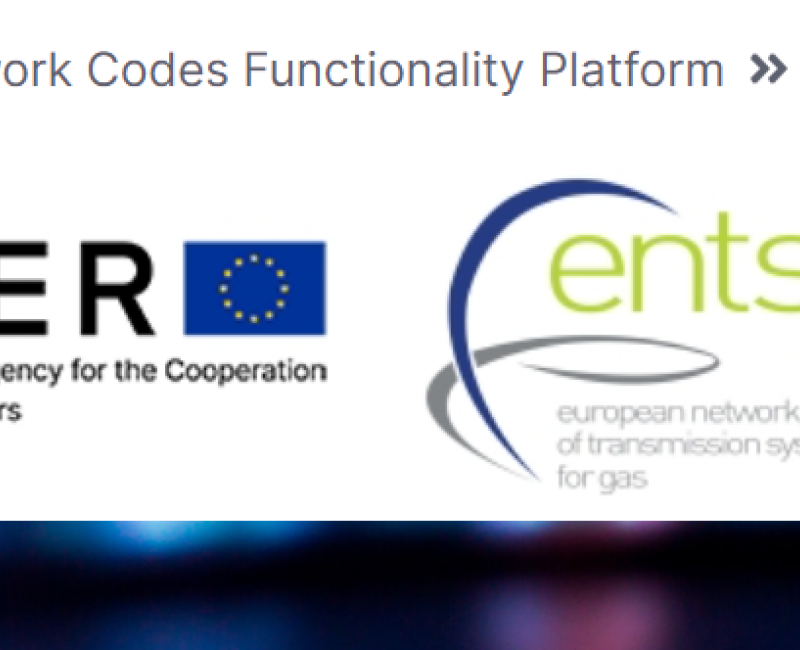
ACER and ENTSOG publish a new solution to issue raised on Gas Network Codes Functionality platform
What is it about?
ACER and ENTSOG have published a solution on the Gas Network Codes Functionality (FUNC) platform, related to the issue "Dutch TSO requirement of message PRODOC".
The platform allows relevant parties to notify implementation and operational issues related to the gas Network Codes. The web-based platform collects the issues and facilitate cooperation among stakeholders to find relevant solutions.
In February 2020, the European Association for the Streamlining of Energy Exchange – gas (EASEE-gas) reported that the Dutch TSO requirement of message PRODOC is unnecessary and contrary to Network Code on Gas Balancing of Transmission. PRODOC is a document containing information about the load forecast that a balancing responsible party sends to the system operator as part of the daily balance area management process for the day ahead.
When processing the issue, ACER and ENTSOG were made aware that the use of the PRODOC message is a requirement under Dutch national law. In the issue solution, ACER and ENTSOG conclude that the review of the Dutch Energy Act is pending, and it foresees to discontinue the PRODOC requirement in the future. Since the changes in the national law remain a precondition to solve this issue and since the preparatory work for the legislative changes are ready, ACER and ENTSOG propose that the issue be solved at the national level.
The solution paper and relevant documents are available on the FUNC platform.
